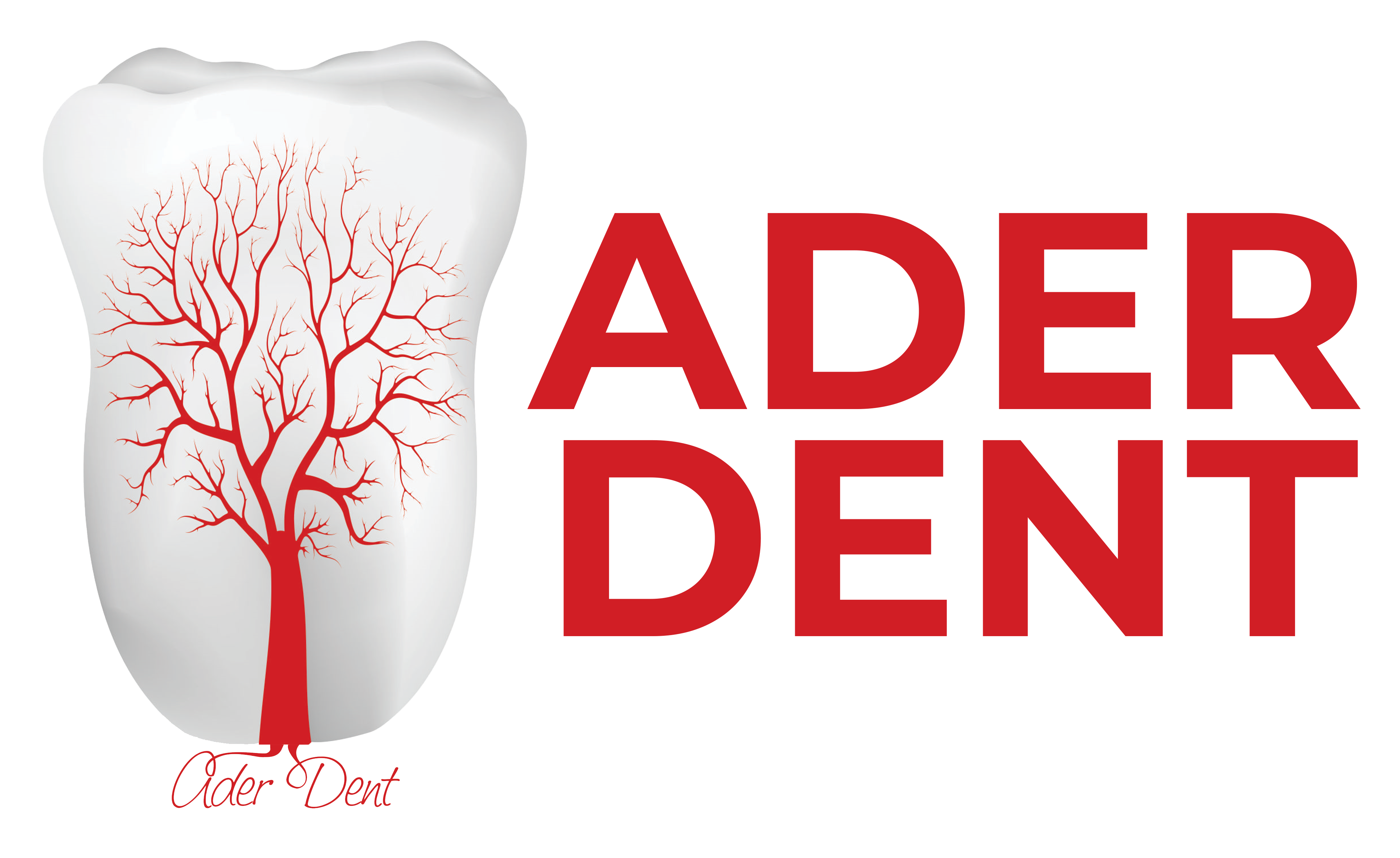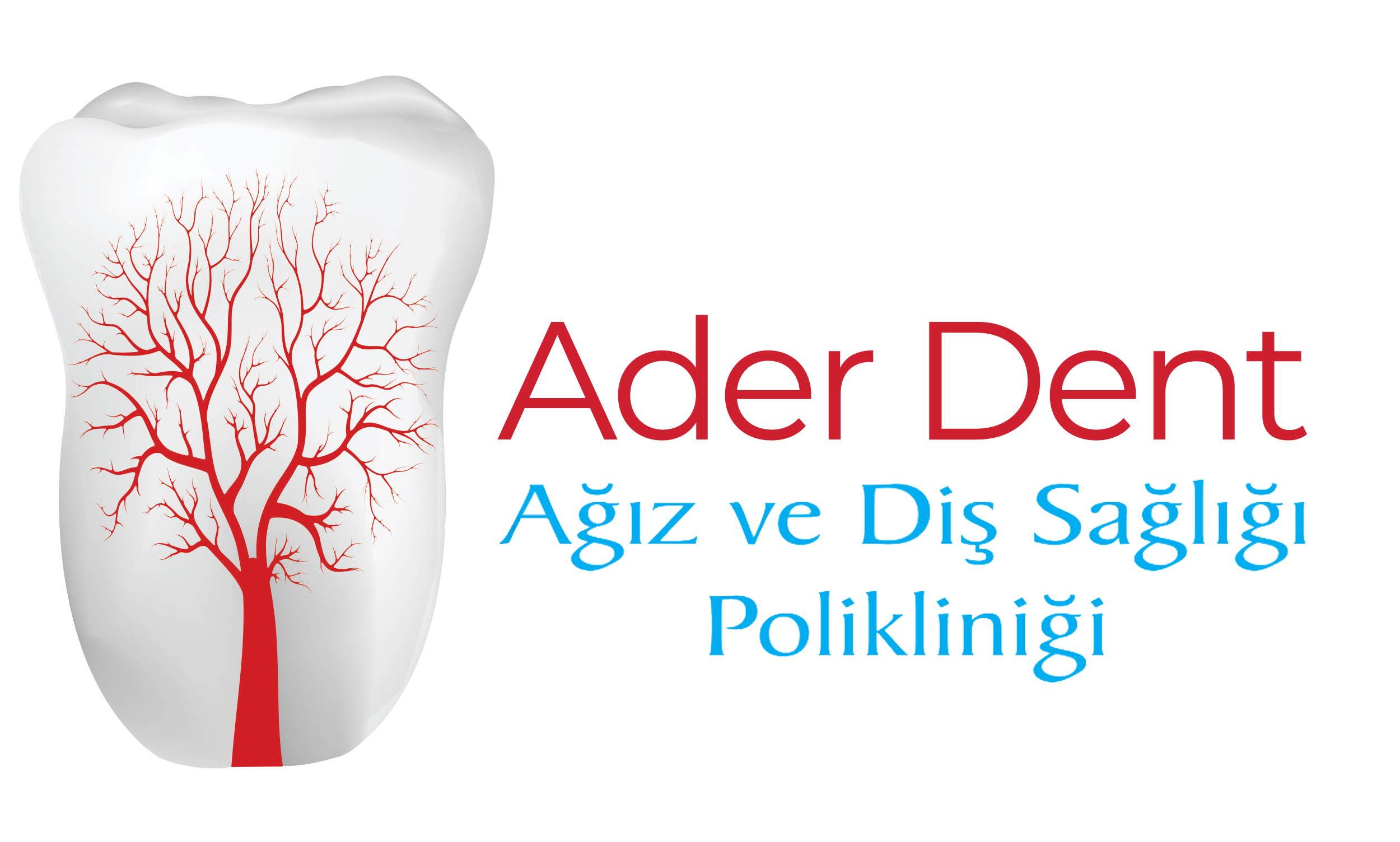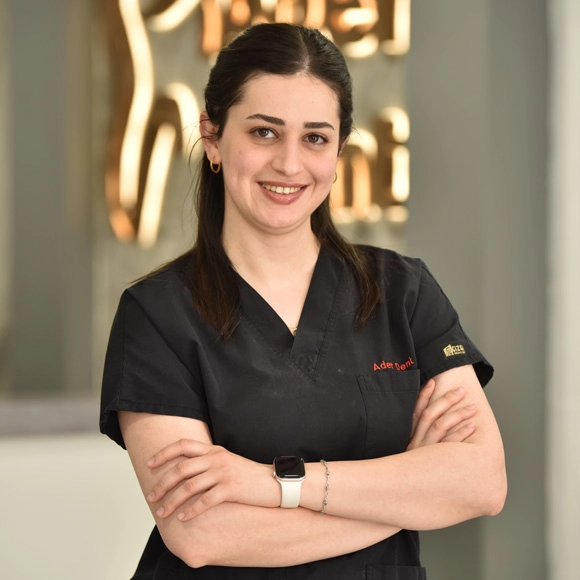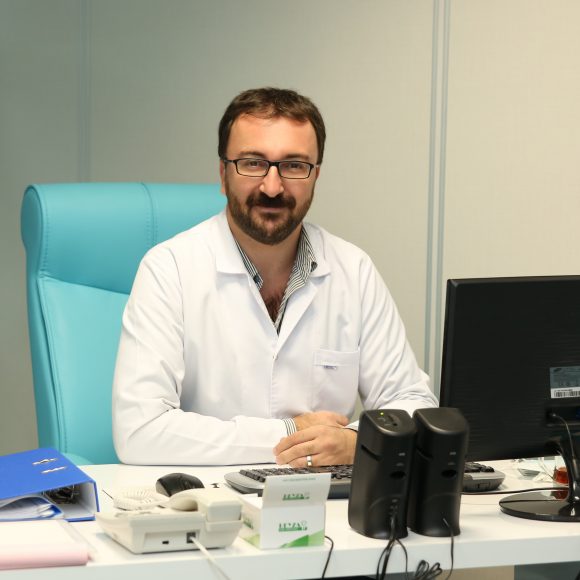Dental trauma is a common issue, especially during childhood, and requires immediate attention. Tooth injuries are most frequently observed in toddlers aged 1–3 years and school-aged children between 7–10 years.
These traumas mostly affect the upper front teeth. Proper treatment of dental trauma not only ensures the health of the affected tooth but also positively influences the child’s future dental development.
What to Do First in Case of Dental Trauma?
Dental trauma may involve a fractured tooth or complete avulsion (tooth falling out). If the tooth is completely dislodged, it should be rinsed gently with clean water without touching the root. Then, the tooth should be placed in a container of milk and taken to a dentist within one hour.
If the tooth is broken, the fractured piece should be rinsed with clean water and stored in milk, then brought to the dentist as soon as possible. In cases of tooth fractures, the broken area can often be repaired using filling materials. If the fragment is lost, esthetic dentistry procedures can restore the tooth to its original appearance.
If the tooth has not fallen out but is loose, it should not be touched. To prevent further damage, the tooth should be stabilized for 1–4 weeks. During this period, excessive force should be avoided, and chewing with the affected tooth should be minimized.
Treatment Methods and Tips After Dental Trauma
The treatment process following dental trauma varies depending on the type and severity of the injury. If the tooth is loose, it must be stabilized and not further disturbed.
During this period, the child’s diet should be carefully managed, and a pediatric dentist (pedodontist) should be consulted for appropriate treatment. Avoiding pressure on the affected area helps support the healing process. Additionally, applying a cold compress to the area can reduce swelling and alleviate pain.
The Importance of Timely Dental Consultation After Trauma
When dental trauma occurs, it is crucial to seek professional dental care without delay. Prompt intervention increases the chance of saving the tooth and preventing permanent damage. The time between trauma and seeing the dentist is a critical factor that affects treatment success.
Therefore, it is essential for parents to stay calm and accurately inform the dentist about the child’s medical history, allergies, and the details of how the trauma occurred. This information plays a key role in determining the appropriate course of treatment.
Seek Professional Help for Dental Trauma in Children
Dental trauma can lead to serious health problems in children if left untreated. However, with timely and proper intervention, these risks can be minimized. For this reason, receiving support from a Pendik dental clinic during dental trauma is crucial for preserving oral health. A dentist will assess the situation and apply the necessary treatments to ensure the child’s teeth heal in a healthy manner.


 TR
TR




